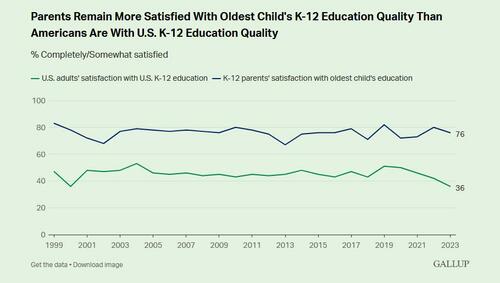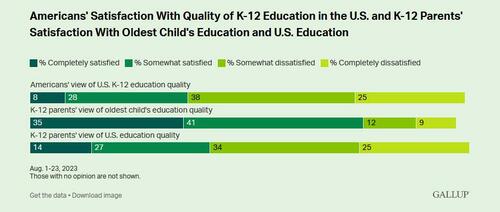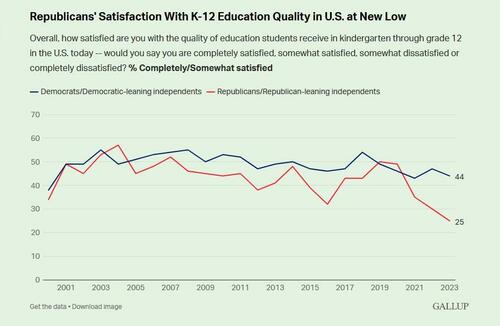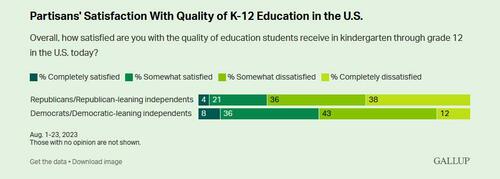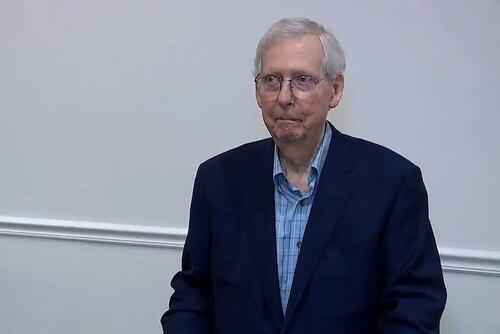When the first shot rang out at Dealey Plaza on November 22, 1963, most bystanders didn’t even realize that it was the sound of gunfire.
But Texas Governor John Connally was an avid hunter. He recognized the sound, sensed danger, and turned behind him to check if President Kennedy was OK.
Moments later, the second shot was fired, striking Connolly in his back. And as he looked down and saw his blood-soaked shirt, he shouted, “My God, they’re going to kill us all.”
President Kennedy, of course, did not survive. But Connally eventually made a full recovery. And, having achieved near mythical status in the State of Texas, he was re-elected twice more as governor.
Then, in 1971, President Richard Nixon asked Connally to be Treasury Secretary. Connally accepted the post despite having almost zero experience in finance or economics. And when questioned later by reporters about his obvious lack of credentials, he famously quipped, “I can add.”
(Connally later declared personal bankruptcy.)
The US economy was in bad shape at the time; Nixon’s predecessor, Lyndon Johnson, had spent aggressively on the Vietnam War while simultaneously spending billions of dollars– a prodigious sum in the 1960s– on education, anti-poverty, and welfare programs.
And inflation rose to around 6% thanks in large part to this excessive government spending.
Developed countries around the world began to rapidly lose confidence in the US dollar and the American government’s ability to manage its finances. And the Treasury Department started receiving demands from foreign governments who wanted to redeem their US dollars for gold.
Nixon was in a bind about how to fix the economic mess. And it was Connally– full of Texas swagger (and little else)– who convinced the President to formally end the dollar’s convertibility into gold.
Nixon made the announcement on Sunday night, August 15, 1971, unilaterally ending the “Bretton Woods” international monetary system that had been in place since 1944.
The announcement became known as the “Nixon Shock”. And “shock” is probably the right word. Foreign governments were in a panic; their entire financial system had been snatched away, overnight, without any warning. And politicians don’t tend to handle uncertainty very well.
This is where Connally stepped in yet again to smash foreign governments in the face with their new reality. “The dollar is our currency,” he told his fellow finance ministers in late 1971, “but it’s your problem.”
Connally was essentially pointing out that the rest of the world didn’t have an alternative to the US dollar. Nearly every nation on earth conducted international trade in US dollars. And because they had no other alternative, the US government could do whatever it wanted… including rack up huge deficits and painful inflation.
And that’s what happened. With no reason to restrain itself or have any financial modesty whatsoever, US government spending soared. Deficits piled up year after year, leading to a particularly nasty episode of stagflation in the 1970s.
Connally was a major architect of this mess, leading one of his critics to later say, “He ain’t never done nothin’ but get shot in Dallas. . .”
In fairness to Connally, that judgment isn’t entirely true. One of his lasting legacies was scaring the world into setting up an alternative to the US dollar.
Europeans in particular were freaked out by the Nixon Shock… so much, in fact, that western European nations eventually banded together to form their own currency as an alternative to the US dollar; today the euro has about a 20% share of global financial reserves.
But with a 60% market share, the US dollar is still dominant. For now.
More than fifty years after the Nixon Shock, the US government still has no financial restraint. Annual deficits easily top $2 trillion, nearly 10% of GDP. America’s fiscal situation is so bad that, within the next decade, 100% of tax revenue may be consumed just to pay for mandatory entitlements (like Social Security) and interest on the debt.
If that weren’t bad enough, the Treasury Department has also made a habit of weaponizing the US dollar, i.e. threatening individuals, businesses, and foreign governments to bend it its will or else be cut off from the global financial system.
It’s no wonder that there’s been so much in the news lately about alternatives to the US dollar. Late last year, for example, Saudi Arabian officials said that they were “open” to selling oil in a currency other than US dollars (i.e. Chinese yuan).
And just a few weeks ago, members of the “BRICS” alliance expanded their membership in an effort to directly challenge the dollar’s dominance.
Now, I’ve been writing about the eventual decline of the US dollar for several years. More than a decade ago, for example, I argued that the market would seek an alternative to the US dollar “gradually, rather than suddenly”.
That was considered a highly controversial assertion back then. Today, the dollar’s decline is a mainstream view.
But even though I held this view way before it became popular, I have to be contrarian now and say the burgeoning “BRICS” agreement is NOT the end of the dollar.
The BRICS members include Argentina– a country that is perennially in a state of default and hyperinflation; Ethiopia, which has a GDP per capita of just $925; and South Africa, a borderline failed state.
China is obviously the anchor of the BRICS alliance. But at the same time, no one really trusts the Chinese government. And America, for all of its problems, is still viewed as a more reliable steward of the global reserve currency than the CCP… whose threats against Taiwan are not inspiring confidence.
What is clear is that the international financial order is going to change. The United States can no longer impose the “Connally Doctrine,” i.e. the dollar is our currency but your problem.
This is hardly controversial anymore. The US cannot have a gargantuan debt, uncontrolled spending, incompetent leaders, and a weakened military, and yet still expect to be the world’s dominant reserve currency.
I think a far more likely scenario is that there will be an event… probably some time between 2028 and 2035, that triggers a formal agreement to reset the global monetary system.
It could be Social Security running out of money (currently projected in 2033), which requires Treasury to borrow $10+ trillion to bail it out. Or perhaps another debt ceiling showdown that results in a default on the national debt. Or it could be another major banking crisis. Or even a major global war.
Whatever the cause, I suspect this event will compel leading nations to call a formal conference, similar to the Bretton Woods conference in 1944 that established the first modern financial order.
The US will be much weaker at that point. But it will still have a seat at the negotiating table.
Today, BRICS is a very loose affiliation of countries who don’t trust each other. This isn’t going to replace the dollar.
My view is that whatever agreement ultimately knocks King Dollar from its throne will have the US Treasury Secretary’s signature on it.
But regardless of how it plays out– and what ultimately triggers it– the dollar’s decline remains an extremely likely outcome.
Technically the dollar’s problems are still fixable. The national debt is fixable. All problems are fixable.
However America’s pitiful leadership seems to lack both the ability and desire to enact real solutions. And as long as this trend holds, it makes sense to plan on the dollar’s eventual decline as the world’s primary reserve currency.
And this means real assets… and in particular exposure to gold.
Source
from Sovereign Man https://ift.tt/9tFQdNA
via IFTTT


